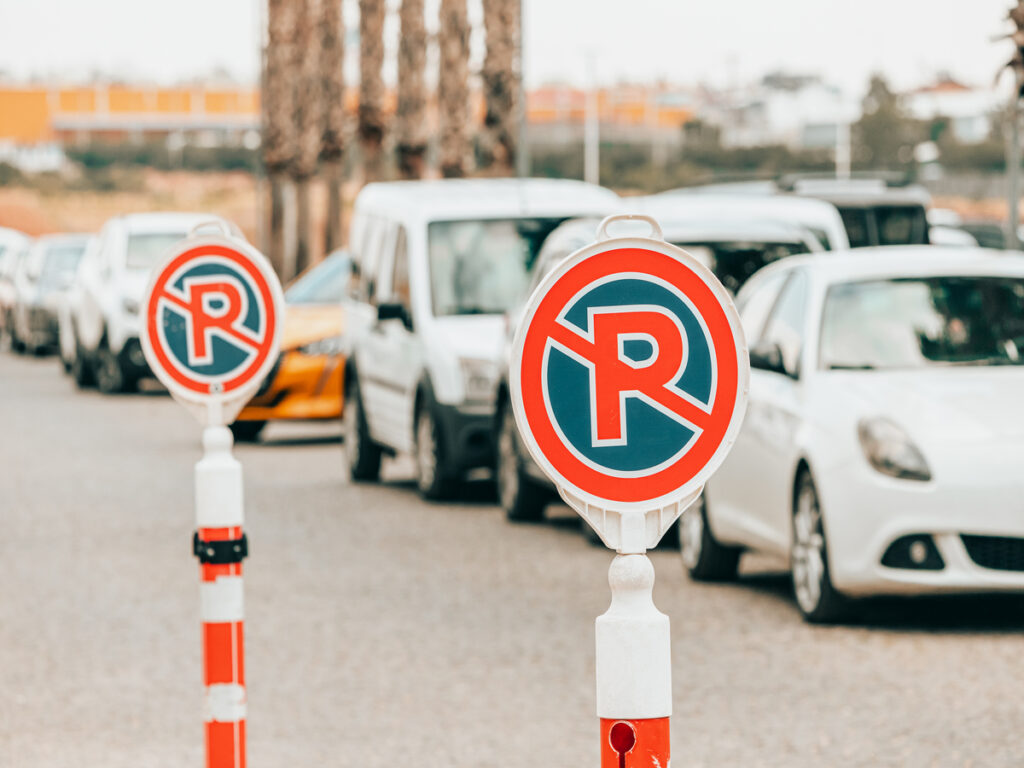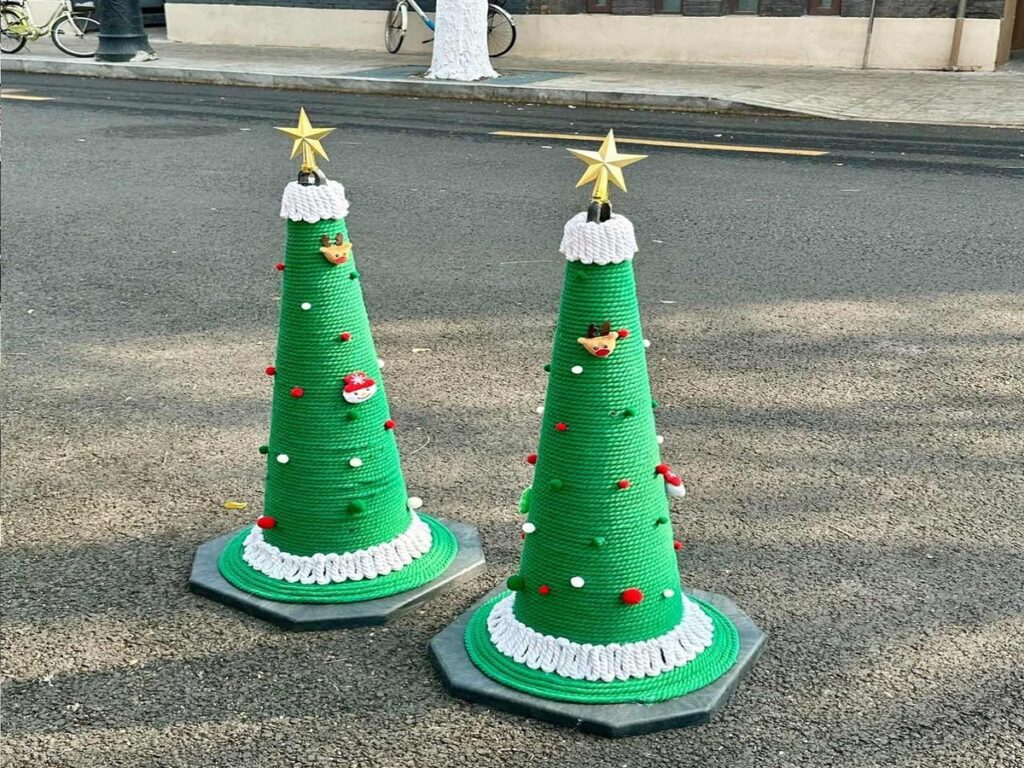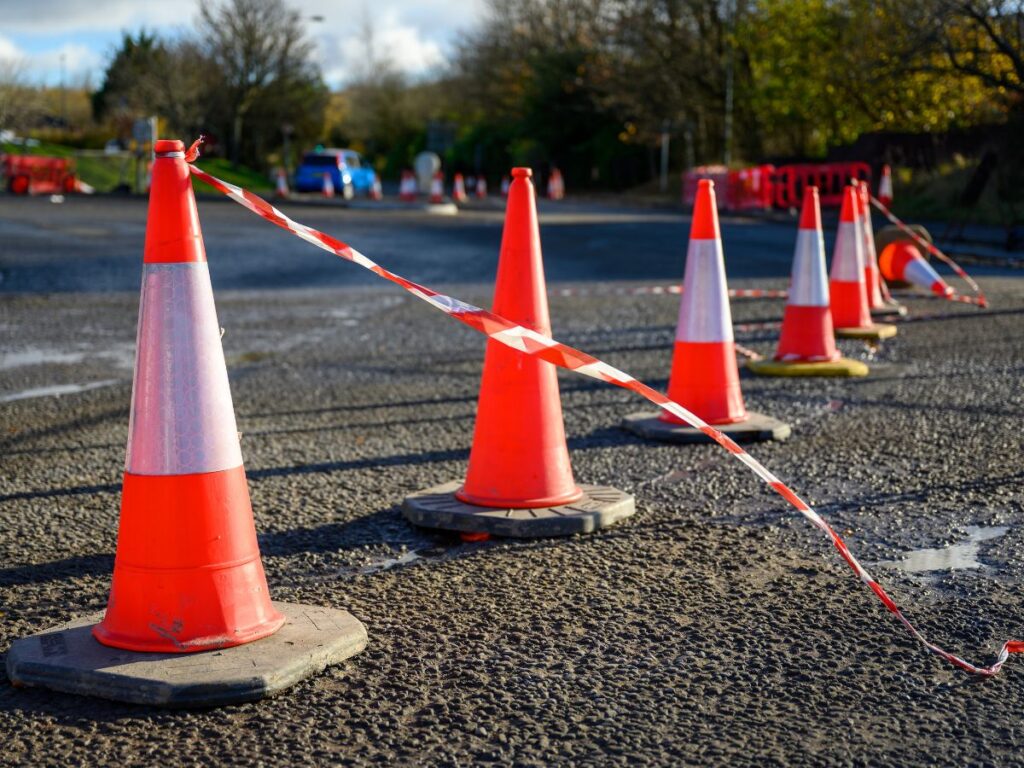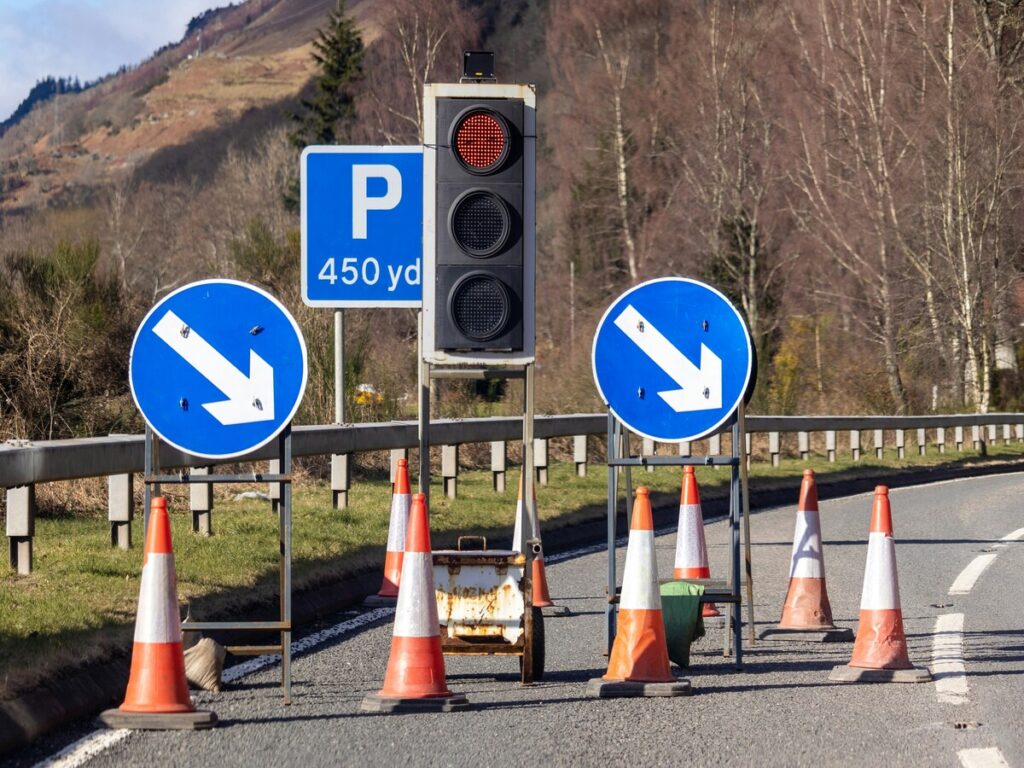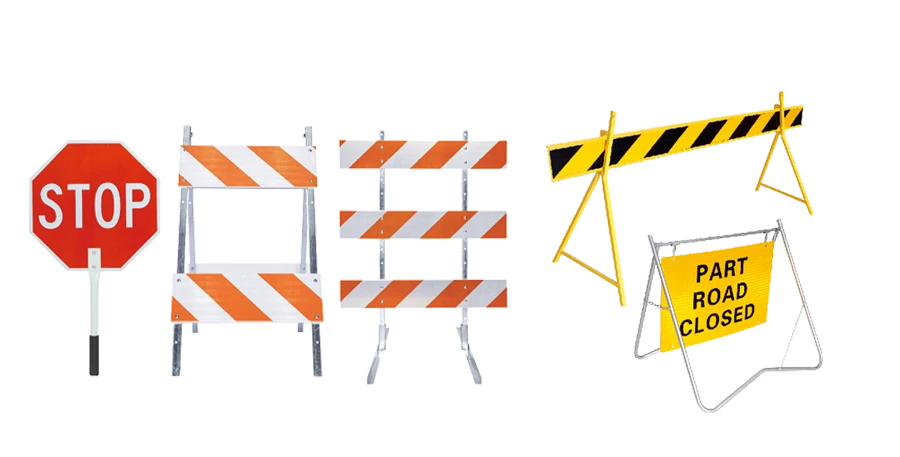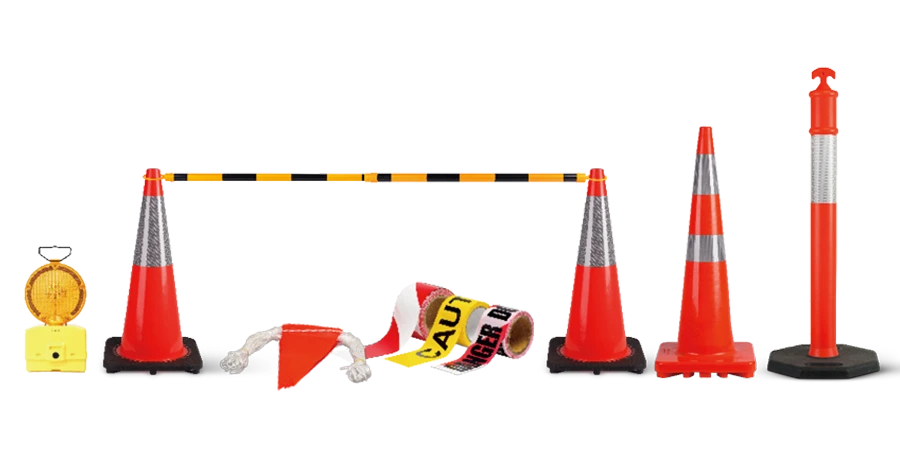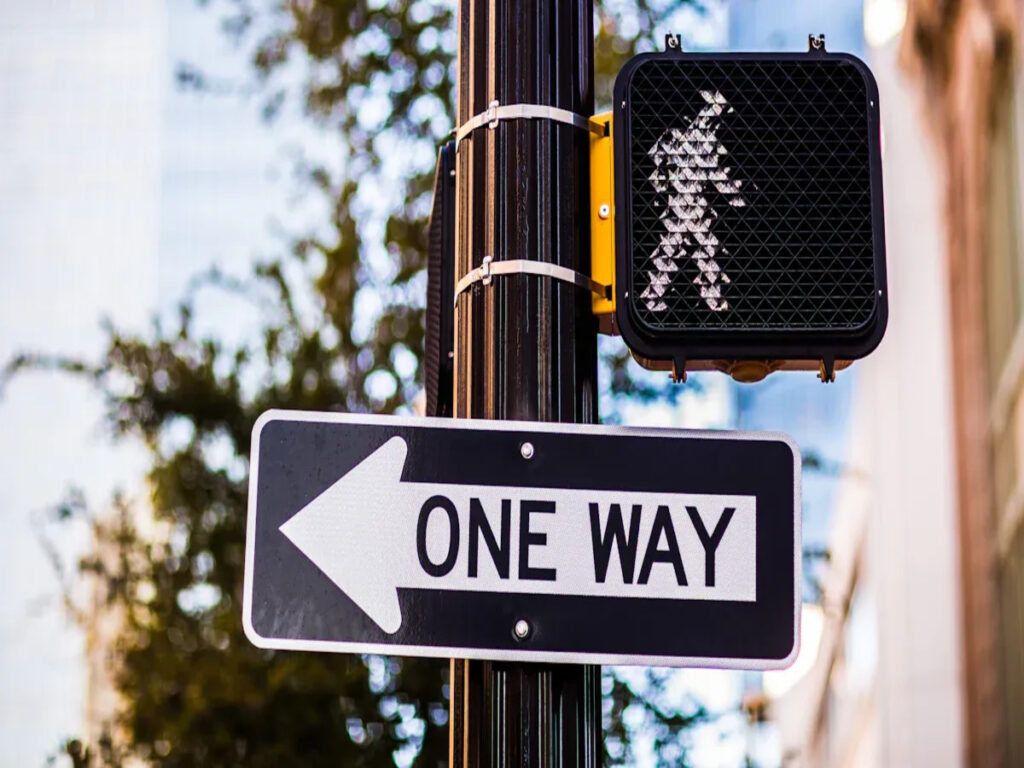
Os sinais de trânsito de sentido único são muito importantes para a segurança rodoviária e o trânsito tranquilo. Você vê esses sinais todos os dias nas ruas e nas esquinas movimentadas. Eles dizem aos carros para irem em apenas uma direção. Isso ajuda a acabar com a confusão. Sinais de trânsito claros mantêm motoristas e pessoas andando seguros. Eles ajudam a organizar como os carros se movem na estrada. Estudos mostram que quando as cidades usam estradas de mão única, mais carros podem caber. O tráfego aumenta 19%. Os números de acidentes diminuem 24%. Esses sinais tornam a viagem mais fácil para todos. Eles também ajudam as pessoas na estrada a se entenderem melhor. Pense em suas próprias viagens. Bom Sinais de segurança no trânsito pode mantê-lo seguro. Sinais ruins ou ausentes podem tornar as coisas perigosas.
| Cidade / Estudar | Resultado principal | Impacto |
|---|---|---|
| Jerusalém (Hocherman et al.) | +19% capacidade, +37% velocidade | Fluxo mais suave, maior eficiência rodoviária |
| Filadélfia (Persaud et al.) | -24% acidentes | Maior segurança rodoviária |
| Teórico (Estilo) | Menos conflitos nos cruzamentos | Fluxo de tráfego aprimorado |
| Guler e cols.. | Até 60% menos atraso | Movimento mais rápido em sinais |
Takeaways -chave
- Sinais de trânsito de sentido único ajudam a impedir acidentes. Eles guiam os carros para irem em uma direção. Isso torna as estradas mais seguras para motoristas e pessoas que caminham.
- Sinais de sentido único claros e fáceis de ver ajudam os motoristas a não se confundirem. Os motoristas podem fazer escolhas melhores. Isso diminui a chance de erros na estrada.
- Ruas de mão única ajudam o trânsito a circular melhor. Eles param os engarrafamentos. Carros, veículos de emergência, e os ônibus podem ir mais rápido e fácil.
- A sinalização deve ser fácil de ver e estar no lugar certo. Eles precisam ser verificados com frequência. Isso ajuda os motoristas a saber o que fazer e evita acidentes.
- Obedecer aos sinais de trânsito de sentido único mantém todos seguros. Torna as ruas mais seguras e facilita as viagens para o seu bairro.
Sinais de trânsito de sentido único e segurança rodoviária
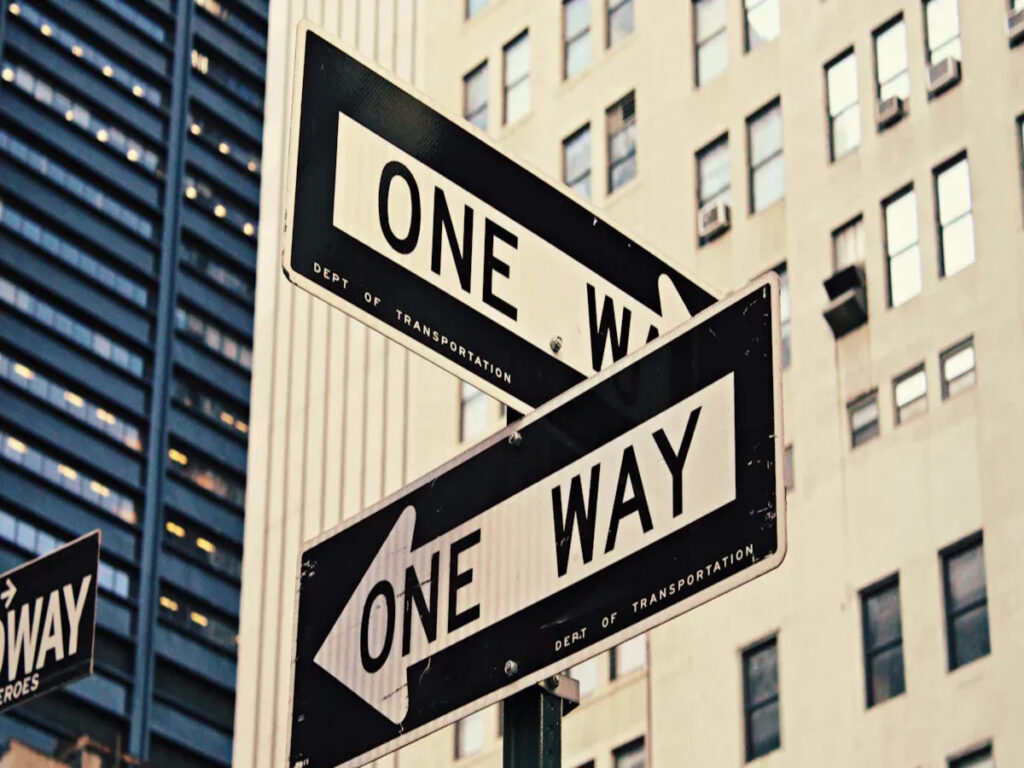
Prevenindo colisões frontais
Sinais de trânsito de sentido único ajudar a impedir acidentes frontais. Esses sinais dizem aos carros para irem em uma direção. Isso evita que os carros fiquem frente a frente. Quando você dirige em uma rua de mão única, você não encontra carros vindo em sua direção. Esta regra torna as estradas mais seguras para todos.
Especialistas em trânsito estudam o funcionamento desses sinais. Eles analisam os números dos acidentes antes e depois de colocar as placas. Especialistas usam maneiras especiais de comparar taxas de acidentes. Os resultados mostram que as estradas ficam mais seguras. Acidentes com feridos caem em mais de 26%. Acidentes traseiros caem quase 39%. Locais rurais registam quedas ainda maiores nos acidentes. Estes factos mostram que os sinais de trânsito unidirecionais são importantes para a segurança rodoviária.
| Tipo de falha | Redução Estimada (%) | Significância estatística |
|---|---|---|
| Todas as falhas | 20.3 | Significativo em 95% |
| Acidentes com lesões | 26.1 | Significativo em 95% |
| Acidentes traseiros | 38.7 | Significativo em 95% |
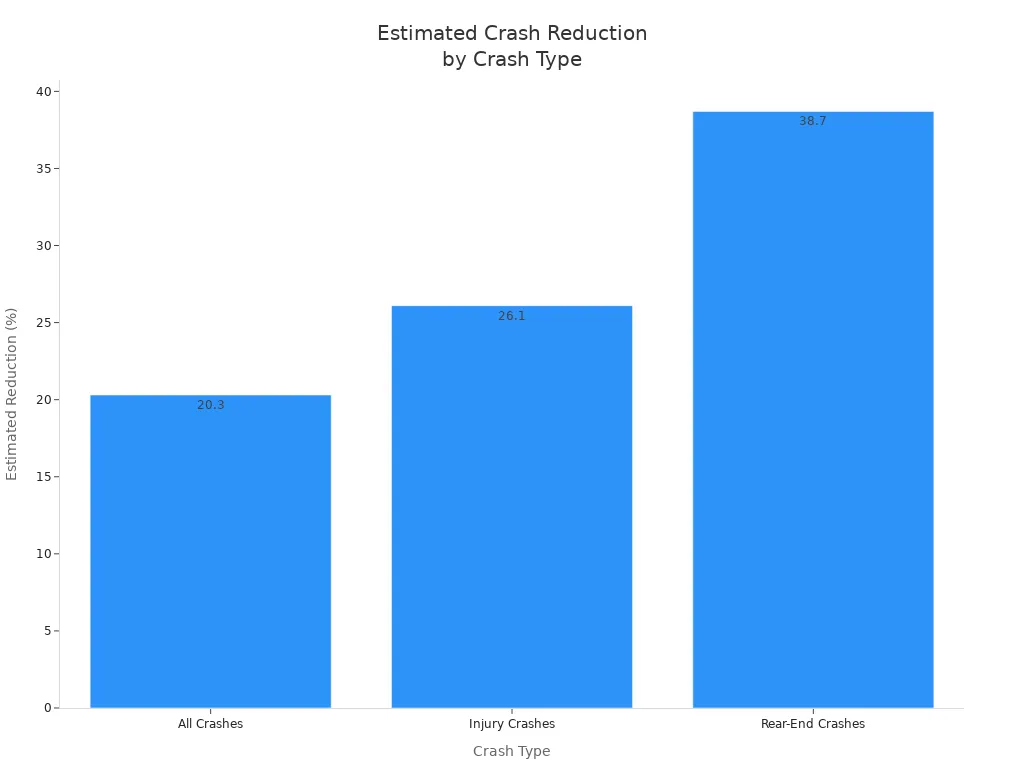
Quando você vê sinais de SÓ SENTIDO, você sabe que caminho seguir. Isso ajuda você a ficar seguro e evitar perigos. Ruas com estes sinais têm menos acidentes. Motoristas e pessoas caminhando ficam mais seguros.
Reduzindo a confusão do motorista
Confusão na estrada causa erros e perigo. Sinais de trânsito unidirecionais ajudam você a fazer escolhas rápidas. Quando você sabe o caminho certo, você evita curvas erradas. Bons sinais param de tecer e paradas repentinas. Você escolhe sua faixa mais cedo e dirige com confiança.
- O Conselho de pesquisa de rodovias da Virgínia Sinais de diagrama encontrados ajudam os motoristas a escolher faixas mais rapidamente.
- O estudo de Roberts e Klipple mostrou menos movimentos bruscos com sinais claros e linhas de faixa.
- O estudo Mast e Kolsrud provou que os motoristas fizeram melhores escolhas com bons sinais em saídas difíceis.
- O Estudo de Fatores Humanos da TTI descobriu que o design de sinalização é importante. Sinais com muita informação confundem você. Sinais simples ajudam você a ficar seguro.
Os motoristas mais velhos às vezes têm problemas com sinais rígidos. Pesquisa mostra maior, sinais mais claros ajudam todas as idades. Quando você vê sinais fáceis, você gasta menos tempo pensando. Isso reduz sua chance de erros e mantém o tráfego tranquilo.
| Aspecto | Descobertas |
|---|---|
| Eficácia dos sinais unidirecionais | Qualquer sinal ajuda a parar de dirigir na contramão, mas os sinais regulares de ÚNICA MANEIRA não corrigem todos os erros, especialmente para motoristas mais velhos. |
| Diferenças de idade | Motoristas 55 e os mais velhos tiveram menos respostas certas e demoraram mais do que os condutores mais jovens. |
| Tipos de interseção | Cruzamentos sem sinalização tiveram os piores resultados; rodovias divididas sem sinais dificultaram a direção. |
| Recomendações de posicionamento de sinalização | Para medianas 9 metros ou menos, use sinais de UMA SENTIDA à esquerda/mediana e extrema direita; para medianas acima 9 metros, coloque sinais perto da direita, mediana esquerda, e extrema direita. Os sinais de CAMINHO ERRADO e NÃO ENTRE são opcionais. |
| Importância do Estudo de Engenharia | A colocação da sinalização deve mudar com base em fatores como distância de visão, inclinação da estrada, e histórico para ajudar os motoristas e diminuir erros. |
Você está mais seguro quando os sinais são fáceis de ver e ler. Bons sinais diminuem os erros e mantêm todos seguros.
Melhorando a segurança de pedestres
Pessoas que caminham precisam de regras claras para atravessar as ruas com segurança. Sinais de trânsito unidirecionais ajudam você a saber de onde vêm os carros. Em uma rua de mão única, você só observa os carros de um lado. Isso torna a travessia mais segura e fácil.
Cidades usam sinalização para orientar motoristas e pessoas que caminham. Quando você vê esses sinais, você sabe como o trânsito se move. Isso ajuda você a evitar falhas e ficar alerta. Boa sinalização ajuda você em esquinas movimentadas e torna as travessias mais seguras.
Dica: Sempre procure sinais de trânsito de mão única antes de atravessar. Eles mostram de onde virão os carros e ajudam a mantê-lo seguro.
Ruas de mão única ajudam carros e ônibus de emergência a se moverem rapidamente. Quando o tráfego vai em uma direção, eles chegam aos lugares mais rápido. Isso ajuda a todos, até mesmo pessoas que precisam de ajuda rapidamente.
Você ajuda a segurança no trânsito seguindo as placas e permanecendo alerta. Quando as cidades usam planos de segurança e mantêm a sinalização clara, estradas são mais seguras. Bom fluxo de trânsito e sinalização protegem a todos. Isso torna sua cidade um lugar mais seguro para viver e viajar.
Melhoria do Fluxo de Tráfego
Minimizando o congestionamento
As ruas da cidade podem ficar muito lotadas. Carros, ônibus, e caminhões enchem as estradas. Sinais de trânsito unidirecionais ajudam a impedir esses congestionamentos. Esses sinais dizem a todos os veículos para seguirem em uma direção. Esta regra evita que os carros bloqueiem uns aos outros. Nos cruzamentos, o trânsito flui melhor. Quando você segue estes sinais, o tráfego flui suavemente.
Muitas cidades usam ruas de mão única em locais movimentados. Isso permite que mais carros caibam em espaços pequenos. Você não espera que os carros venham em sua direção. Sua viagem é mais rápida e menos estressante. Sinais de controle de tráfego rodoviário ajudam a gerenciar o tráfego. Eles mantêm os carros em movimento e diminuem a chance de engarrafamentos.
Dica: Dirigir em uma rua de mão única significa menos tempo preso. Você chega onde precisa mais rápido.
Simplificando a movimentação de veículos
Sinais de trânsito unidirecionais fazem mais do que impedir engarrafamentos. Eles ajudam você a se mover facilmente pela cidade. Todos os carros seguem o mesmo caminho. Você não enfrenta carros vindo em sua direção. Isso diminui acidentes e confusão. Você pode mudar de faixa e virar com mais facilidade. Caminhões de entrega e veículos de serviço se movem mais rápido. Eles chegam às paradas com menos atrasos.
- Sinais de sentido único orientam o tráfego em uma direção. Isso reduz congestionamentos e a chance de travamentos.
- Esses sinais ajudam mais em lugares movimentados. As áreas centrais e as rampas das rodovias precisam deles.
- Sinais de sentido único mostram qual caminho você pode seguir. Eles impedem a confusão e ajudam nos cruzamentos.
- Placas colocadas em cruzamentos e ao longo das estradas ajudam os motoristas. Eles tornam as viagens mais seguras e fáceis.
- Melhor fluxo de tráfego e menos congestionamentos ajudam os caminhões de entrega. Veículos de serviço obtêm rotas mais suaves.
A cidade de Nova York mudou a 1ª Avenida em 2010. Planners added one way cycle tracks and bus lanes. They built safety islands for people walking. These changes made traffic move better. Carros, ônibus, and bikes traveled more smoothly. People crossed streets more safely. This shows smart planning and good signs help everyone.
Technology helps traffic too. Em Los Angeles, a company trained drivers and used live maps. Clear signs and new tech cut accidents by 30%. Em Nova York, a fleet vehicle used smart systems. It avoided a crash on a one way street. These stories show signs and tech work together for better traffic.
Supporting Emergency and Public Transport
Emergency vehicles and buses need to move fast. One way traffic signs help them do this. Quando o tráfego vai em uma direção, fire trucks get to emergencies quicker. Ambulances reach people faster. Buses stay on time because they do not get stuck. The whole system works better for everyone.
Você ajuda equipes de emergência seguindo as placas. Dirigir da maneira certa mantém as estradas livres para eles. O transporte público também se movimenta melhor. Ônibus e shuttles usam faixas especiais em ruas de mão única. Isso ajuda você a chegar à sua parada na hora certa.
Observação: As cidades às vezes têm problemas com ruas de mão única. Os motoristas podem ir rápido demais porque as estradas parecem abertas. Algumas pessoas ficam confusas com novas rotas. Os planejadores devem equilibrar o tráfego tranquilo e a segurança. Bons sinais e marcações rodoviárias claras ajudam a resolver estes problemas.
Os sinais de trânsito de sentido único são importantes para a gestão do tráfego. Eles guiam você e mantêm as estradas organizadas. Eles ajudam o tráfego a fluir suavemente. Quando as cidades usam esses sinais com planejamento inteligente, todos viajam com mais segurança e rapidez.
Práticas eficazes de sinalização de trânsito
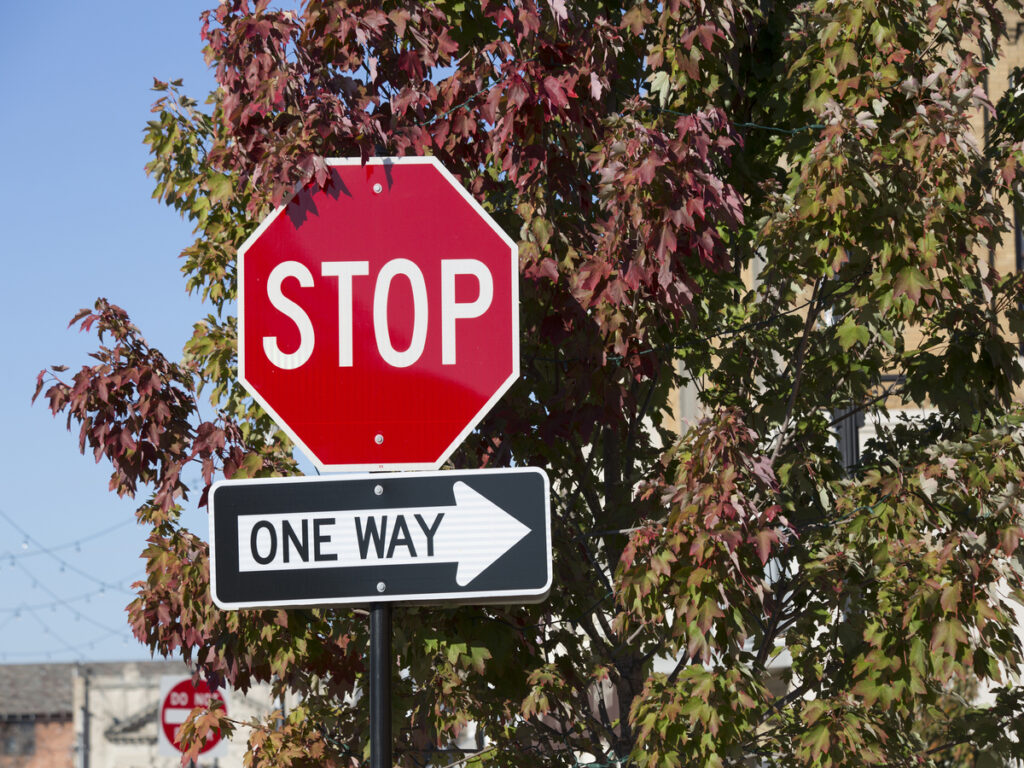
Posicionamento estratégico
É importante colocar sinais de trânsito nos lugares certos. Quando os sinais de sentido único são fáceis de ver, você sabe para onde ir. Se um sinal é difícil de encontrar, motoristas podem ficar confusos. Mesmo motoristas qualificados podem cometer erros se a sinalização não estiver clara. Sinais ausentes ou atrasados podem fazer você dirigir na direção errada. Isso pode causar travamentos graves, como acidentes na contramão. Uma boa colocação de sinalização ajuda a manter todos seguros.
- Má colocação de sinalização deixa motoristas confusos.
- Sinais difíceis de ler podem enganar os motoristas.
- Os motoristas podem seguir o caminho errado em rampas ou rodovias.
- Esses erros podem causar falhas graves.
Visibilidade e Clareza
Você precisa ver os sinais de trânsito com rapidez e facilidade. Bons sinais de trânsito usam materiais brilhantes e impressão especial. Isso ajuda você a identificá-los dia ou noite, em qualquer clima. O MUTCD fornece regras sobre a aparência dos sinais e onde colocá-los. Quando os sinais são brilhantes e fáceis de ler, você reage mais rápido. Você faz escolhas mais seguras na estrada. Estudos mostram que os motoristas seguem melhor as regras quando os sinais estão claros. Por exemplo, Os sinais vermelhos sem virar à direita funcionam melhor quando se destacam. Placas com luzes ou palavras que mudam ajudam as pessoas a perceber e a se manterem seguras.
Dica: Sempre procure por brilho, sinais brilhantes. Eles ajudam você a ficar seguro, mesmo quando está escuro ou chuvoso.
Manutenção e Segurança Jurídica
Você precisa de sinais de trânsito limpos e não quebrados. As cidades devem verificar e consertar a sinalização com frequência. Se as árvores bloquearem uma placa ou ela for danificada, você pode não ver. As cidades têm que manter a sinalização fácil de ver e funcionando bem. Se eles não, e alguém se machuca, a cidade pode ser culpada. Tribunais querem provas de que a cidade sabia do problema, mas nada fez. Verificar e corrigir sinais muitas vezes evita acidentes e problemas legais. Anúncios de segurança pública e novas tecnologias, como sinais de LED, help keep you safe and informed.
Observação: Bons sinais, clear messages, and regular checks keep everyone safe on the road.
You help keep roads safe when you follow one way traffic signs. These signs make accidents happen less often. Eles ajudam a tornar as ruas mais seguras para todos. Cities with one way systems have fewer pedestrian crashes. The number of crashes can drop by 60%. Streets are easier to cross and drive on.
| Estatística / Encontrando | Descrição | Efeito |
|---|---|---|
| 40-60% eficácia | Fewer pedestrian crashes on one-way streets | Estradas mais seguras |
| 29% redução | Lower risk in restricted one-way areas | Melhor segurança |
| Simplified crossings | Easier movement at intersections | Fluxo mais suave |
Sempre preste atenção, siga os sinais, and tell someone if you see a broken or missing sign. This helps your community keep roads safe.
Perguntas frequentes
What should you do if you miss a one way sign?
If you miss a one way sign and enter the wrong way, stop safely. Turn around as soon as you can. Look for a safe place to exit. Never back up into traffic.
Por que as ruas de mão única são mais seguras para os pedestres?
Ruas de mão única permitem que você observe carros em apenas uma direção. Isso torna a travessia mais fácil e segura. Você passa menos tempo na rua e enfrenta menos surpresas dos carros.
Como você pode identificar uma rua de mão única rapidamente?
Procure sinais retangulares em preto e branco com setas. Esses sinais dizem “MÃO ÚNICA.” Você também pode ver setas pintadas na estrada. Sempre verifique antes de virar ou cruzar.
Quem decide onde colocar sinais de trânsito unidirecionais?
Planejadores urbanos e engenheiros de trânsito estudam padrões de trânsito. Eles escolhem os melhores locais para sinalização. Eles usam dados de acidentes e projetos de estradas para tornar as ruas mais seguras para você.
Os veículos de emergência podem usar ruas de mão única em ambas as direções?
Não, veículos de emergência devem seguir regras de sentido único. Eles podem usar sirenes e luzes para alertar outras pessoas. Você deve sempre se afastar e deixar

